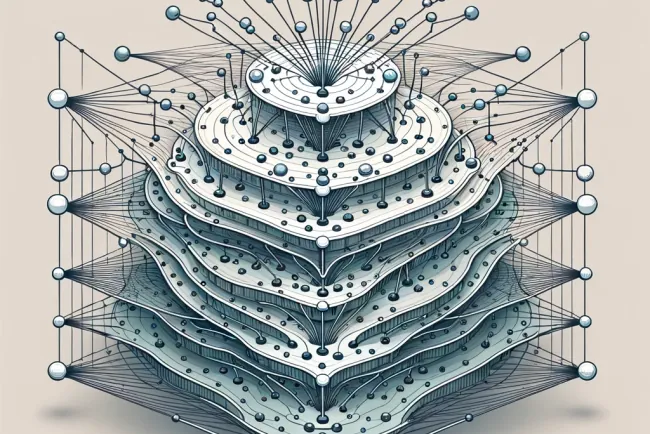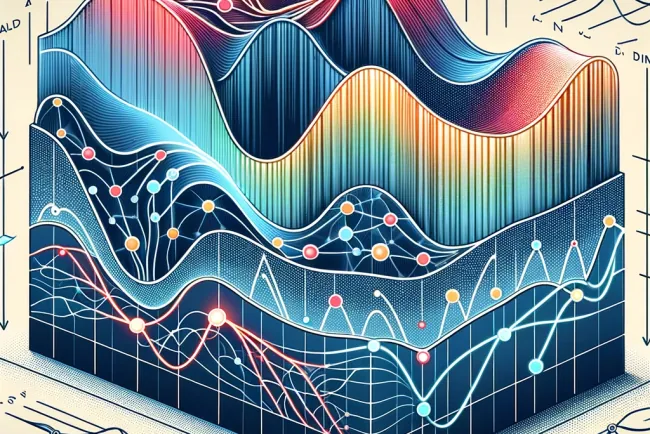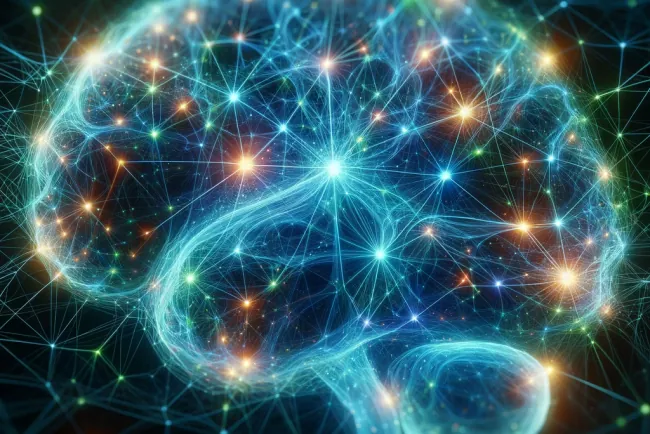Neural Networks for Dummies Step by Step guide
dummies guide to neural networks, concepts and components to training processes and practical implementation with Python. , this guide provides step-by-step instructions to get you started with neural networks, including a simple project on image classification using TensorFlow.
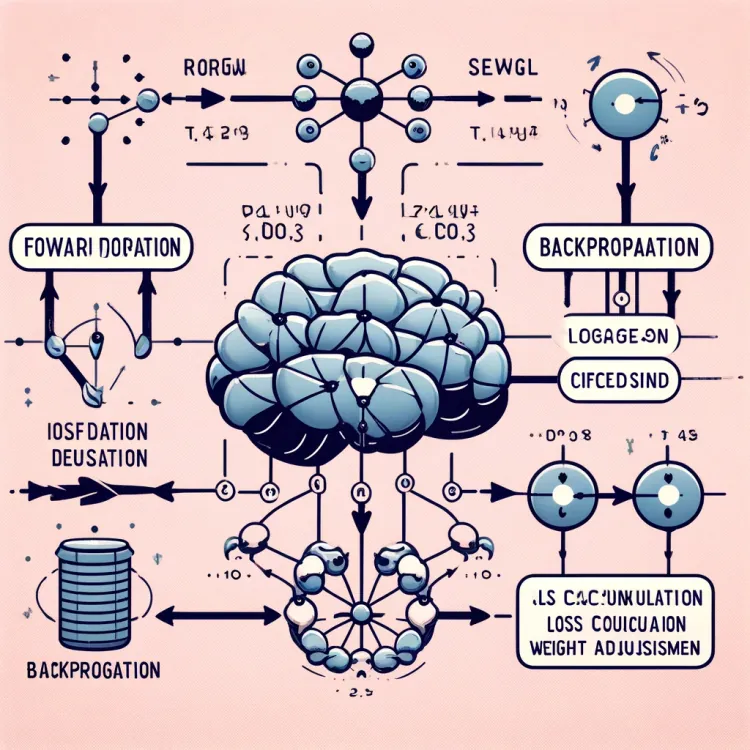
Here’s a simplified version to help you understand the basics:
Step 1: Understand What Neural Networks Are
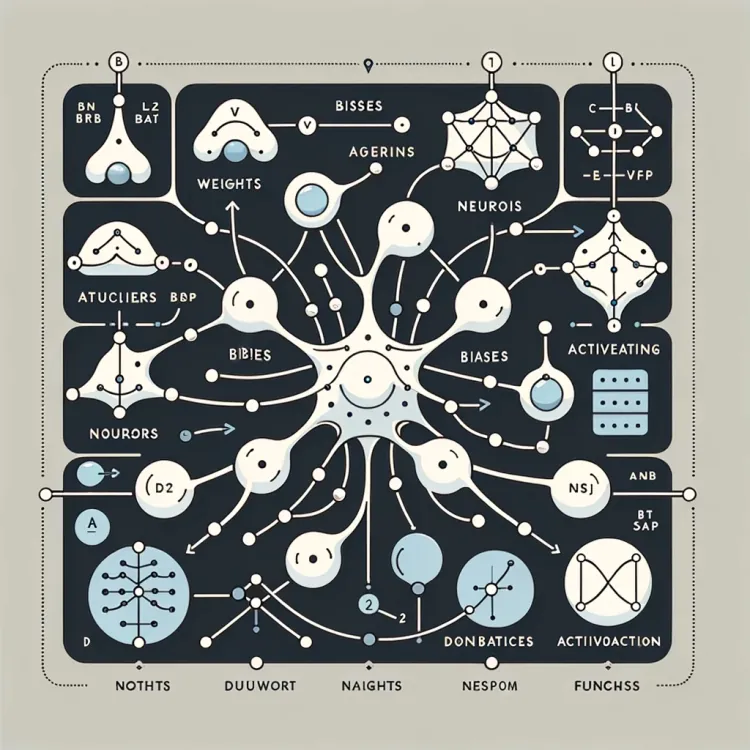
Neural networks are computational models inspired by the human brain. They learn from large amounts of data by adjusting their parameters to make accurate predictions or decisions. Imagine them as a team of workers passing information, where each worker makes small decisions to contribute to a final outcome.
Step 2: Learn the Key Components
- Neurons: The basic units of computation in a neural network, analogous to brain cells.
- Weights: Values that determine the importance of the input signals.
- Bias: An additional parameter which allows the model to fit better with the data.
- Activation Functions: Functions that decide whether a neuron should be activated, helping to add non-linearity to the model.
Step 3: Understand the Architecture
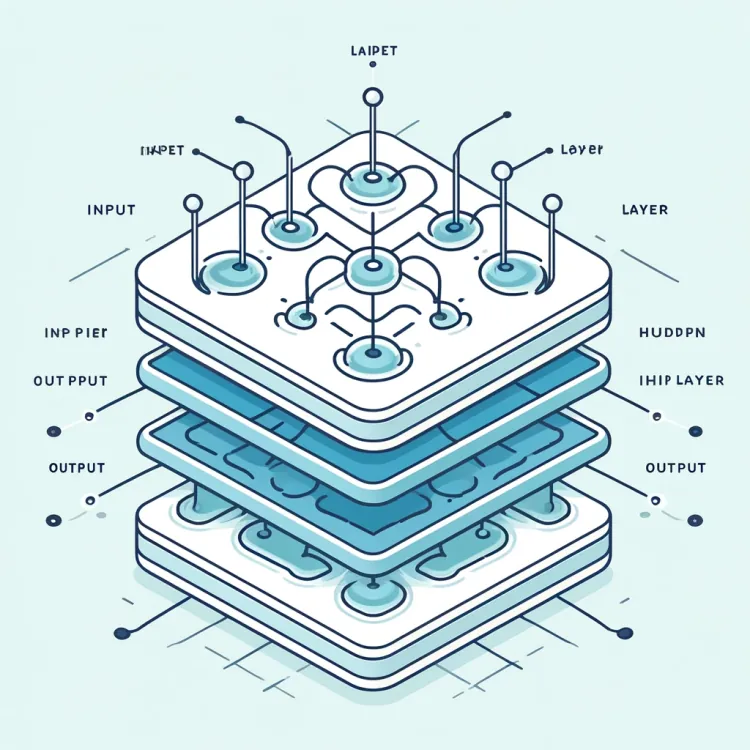
- Input Layer: The layer that receives the data.
- Hidden Layers: Layers in between input and output, where most computations take place.
- Output Layer: The final layer that outputs the prediction or decision.
Step 4: Training Process

- Forward Propagation: Input data is passed through the network, and each neuron processes the input and passes the output onward.
- Loss Calculation: Compute the difference between the predicted output and the actual target values.
- Backpropagation: Adjust the weights and biases in the network to minimize the loss, using an algorithm like gradient descent.
Step 5: Implement a Simple Example
Start with something manageable, like using Python and a library such as TensorFlow or PyTorch to predict whether an image contains a cat or a dog. Here’s a very simplified pseudocode:
import tensorflow as tf
# Load dataset
(train_images, train_labels), (test_images, test_labels) = tf.keras.datasets.cifar10.load_data()
# Normalize the images
train_images, test_images = train_images / 255.0, test_images / 255.0
# Build the neural network model
model = tf.keras.Sequential([
tf.keras.layers.Flatten(input_shape=(32, 32, 3)),
tf.keras.layers.Dense(128, activation='relu'),
tf.keras.layers.Dense(10)
])
# Compile the model
model.compile(optimizer='adam', loss=tf.keras.losses.SparseCategoricalCrossentropy(from_logits=True), metrics=['accuracy'])
# Train the model
model.fit(train_images, train_labels, epochs=10)
# Evaluate the model
test_loss, test_acc = model.evaluate(test_images, test_labels)
print(f"Test Accuracy: {test_acc}")
Step 6: Experiment and Learn
The best way to learn is by doing. Start with simple projects and gradually increase the complexity. Use online resources, courses, and tutorials to deepen your understanding.
This guide provides a foundational start. As you grow more comfortable, you can delve into more complex aspects like convolutional neural networks, recurrent neural networks, and deep learning techniques for different applications.
if you looking for more simple way of explnation the Neural Networks
What's Your Reaction?







